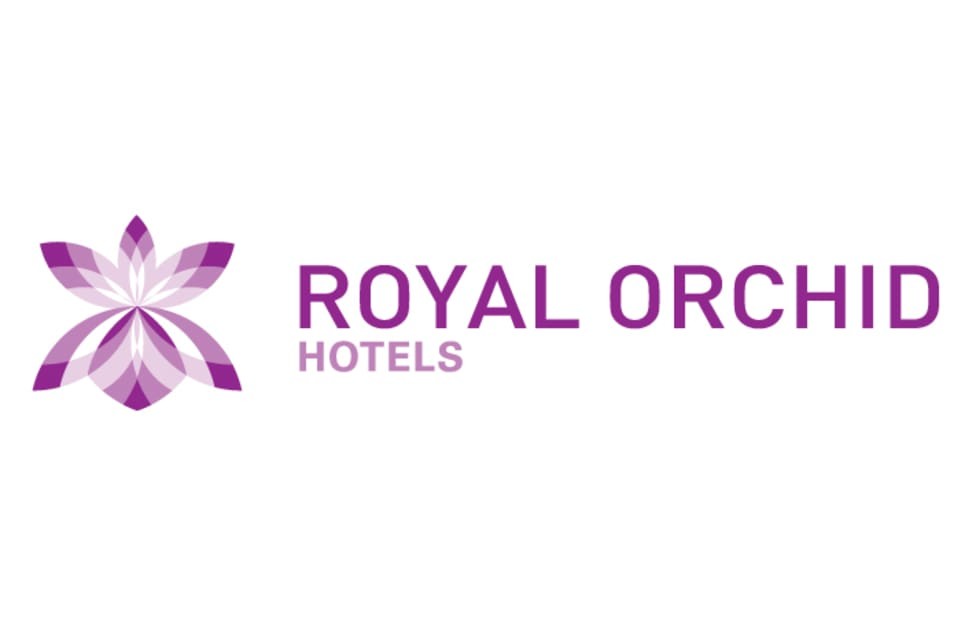What happens, if I register my Trademark today, but there is another mark of similar nature, belonging to another proprietor, who has been using it since before me and is similar/identical to my mark?
The answer to that is given u/s 34 of the Trademarks Act, 1999. Section 34 elucidates that no trademark user or registrant has the right to interfere with the use of another similar or identical trademark (also in goods & services), that has been in existence and use, prior to the registered trademark, whether the prior user has registered his trademark or not. Prior use has an imperative holding in the trademarks arena, the law does not disregard the rights of a prior user of a mark merely on the fact that it has not registered itself. The law protects the rightful user of the trademark, irrespective of the registration.
The instant case is a paradox to the above-stated provision. The decision was dragged on four levels. First, the Orchid Trademark in question, “Royal Orchid Hotels Limited” was rejected by the Deputy Registrar, then an appeal was made to the Intellectual Property Appellate Board (“IPAB”), wherein the tribunal reversed the Deputy registrar’s decision and granted the registration, then another appeal was made to the High Court of Madras where the decision of the first investigation i.e. the Deputy Registrar was upheld and the IPAB was over-ruled, which led to the final appeal in the form of Special Leave Petition (u/a 136 of The Constitution of India) in front of the Supreme Court, where the apex court dismissed the petition and upheld the High Court’s Judgment.
This roller-coaster ride of decisions was not made in vain, each platform where the appeal was made had their fair share of reasons supporting the decision. We will understand the facts in reference to the decisions given at each stage.
The Petitioner’s Orchid trademark registration (Royal Orchid Hotels Limited) under Class 16 was allowed which led to the dispute in pursuance.
An application was made to the Deputy registrar by the petitioner for registration of its trademark under class 42, which was refused on the grounds that:
The petitioner was not the first user of the mark “Royal Orchid” but that the respondent was already using the mark “Orchid” since before the petitioner, which made him a prior user.
Also, the logos/marks of the parties were similar, which was also a ground for refusal.
The petitioner then approached the IPAB in appeal, who in turn reversed the decision of the Deputy Registrar and concluded that:
The petitioner company had changed its name to “Royal Orchid Hotels Limited” in the year 1997 by a resolution of the company of 1996 which made the petitioner a prior user of the mark.
The board also held that the class of consumers of the two hotels was different; hence there was no scope for confusion in the minds of the relevant consumers.
The respondent then filed an appeal in the High Court asking for relief against the IPAB’s decision. The court posed two questions:
Who was the prior user of the Trademark in question?
Whether there was a deceptive similarity between the trademarks in question and whether the use of that trademark dishonest?
The court looked intrinsically into the matter and ruled out new findings. It found that:
Though the petitioner had changed its name to “Royal Orchid Hotels Limited” in the year 1997, it was not made to use until 2001.
Also, the claim that they named a banquet hall “Orchid” in Hotel Harsha in 1990 was futile since there was no evidence of the continuity of the use of the name.
The Court also took consideration of the decision given by the IPAB, the court said that not taking into account the class of consumers, if the two logos look at together, there is a very high possibility of confusion in the mind of a consumer as the logos/marks were deceptively similar. Hence, the inference will not be made on the basis of the class of consumers but for an individual.
The dispute then reached the Supreme Court and an application for Special Leave Petition was made. The court said that the findings of the High Court were completely justified and reasonable which did not leave any ground for the validity of the present appeal. Hence the apex court dismissed the petition and upheld the decision of the first investigation i.e. of the Deputy Registrar.
CONCLUSION
From this case two things can be concluded;
For a proprietor to be a prior user of a trademark, he is required to have made use of the trademark in question and not merely gained possession of it. No matter how long ago the mark was claimed by the proprietor, if he is not making use of it, then no protection be provided.
The question of “Deceptive Similarity” can be solved by looking at how the logo/mark would be perceived by an individual and the public at large, not merely by dividing the class of consumers.
You may also be interested in reading some of the following important posts; don’t miss them.
Likelihood Of Similarity May Lead To Consumer Confusion
Addressing Confusion amongst Pharmaceutical Trademarks
What Cannot be Registered As A Trademark?




